The Miracle of Community Indexing
Editor’s Note: This article was written by Karen Meyer, Area Temple & Family History Consultant, North America Southwest.
You open a heavy trunk, hidden by debris in a dusty attic. Lifting the lid, you see it is full of old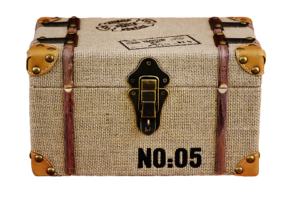
pictures. You routinely turn them over in your hands. You notice that a few of the pictures have a name, or
a date, and some depict a young man, yet you are still the only one who is seeing them—no one else
knows what you have discovered. You scan the pictures, tag them with the information that you know about
them and put them up on the internet. This becomes a prelude to indexing, the fourth largest hobby in the world!
Our story chronicles several interesting events that happened concurrently, each overlapping and intertwining in and out of the indexing world until they blend into an amazing story of perseverance, love, and community.
In 2014, Scarlett, the daughter of an aging mother, leaned over her bed as her mother whispered her final words, “Find my family” … and she exhaled her last breath on earth. Scarlett, wanting to be obedient to her mother’s final wish, started her search. She began researching her family tree, and almost six years later, she was inspired to take a DNA test. We’ll return to the her story shortly …
Meanwhile, a worldwide push was underway for people to go online, find records, examine them, and index them. That way, family history libraries could use the search engines to sort, key and reveal images so that they would be searchable. This worldwide internet indexing effort allowed more people to search for their loved ones, and the number of records grew at incremental values.
It was clear that many of these indexers were assisting the efforts of documenting the Freedman records from before and during the Civil War. The goal was to complete over 1,000,000 images prior to the opening of the Smithsonian’s new International African American Museum, in Washington D.C. This would be the world’s gift to the Museum. (In August, it was announced by the Center for Family History at the IAAmuseum that the museum would also be sponsoring a Restore our Ancestor project).
About the same time, I was volunteering one evening at a family history library. A woman named Hazel Bauman came into the library asked me for help with her tree. This woman had been told that her great-great grandmother was not only African American but also a Cherokee woman. That was in her family lore, but there were no documents attesting to its validity. This ancestor didn’t have a typical Cherokee name, like White Feather or Running Deer which would help close the gap between fact and fiction. She didn’t live on a reservation, so the circle was wide. I was thinking that the circle of data was so wide, it would be difficult for me to close the gaps of unsubstantiated claims. I needed to sew up the edges with solid evidence that matched the genealogical proof standards.
Then the miracle of indexing happened. I started running across records from the Civil War which I had
not seen before. In the past, many people who are much more adept at researching had tried to bridge the brick walls of the Civil War and failed. But here was a clue, right there in front of me, teasing me to click on it.
It was a picture of one Annie Wheeler in a beautiful “Gone With the Wind” sweeping cotton gown. Then I was led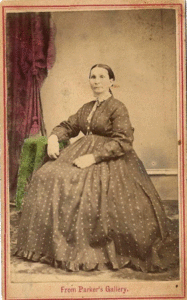 to another picture of her in-laws, who were the slave masters on her plantation. At that point, anyone in the world who took part in the Freedman Project of 2016 could have claimed that it was they who had indexed the pictures and corroborating documents, and I would have been fine with that! I was finally able to establish the link between my new friend Hazel Bauman and her ancestor Annie Wheeler.
to another picture of her in-laws, who were the slave masters on her plantation. At that point, anyone in the world who took part in the Freedman Project of 2016 could have claimed that it was they who had indexed the pictures and corroborating documents, and I would have been fine with that! I was finally able to establish the link between my new friend Hazel Bauman and her ancestor Annie Wheeler.
I was so happy that I stayed up most of the night breaking through the research brick wall until I had collected over 225 names of people in my friend’s tree. I organized the collection and presented her a 3-inch binder of documents and pictures. Although she was immensely grateful, I did not hear from her again. Still, I kept her tree in Ancestry and never deleted it.
And recently, the story of Scarlett and Hazel took a most fascinating turn. Scarlett, as you remember, had promised her mother on her deathbed in 2014 that she would find her family. After Scarlet took a DNA test, Ancestry found DNA matches for her, in the tree I had created for Hazel. The centimorgans results hinted that Scarlett and Hazel were cousins!
Scarlett emailed me when she had pieced together several pieces of the puzzle. Tears filled my eyes as I read about the opportunity to unite this family and make a dying wish come true.
Tears of gratitude are offered to you, the ones who entered fun contests and made game nights out
naming thousands of un-indexed pictures. Then, there were ones who took time out of their busy schedules to
create community events so that others would be able to break down their research walls. I’d say you made me believe that there are no coincidences and that her story was meant to be known. I thank you.
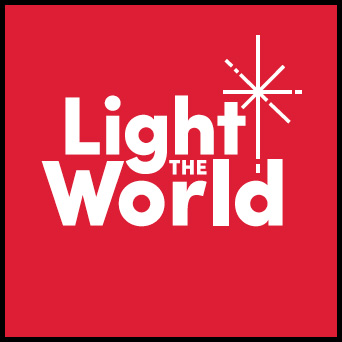



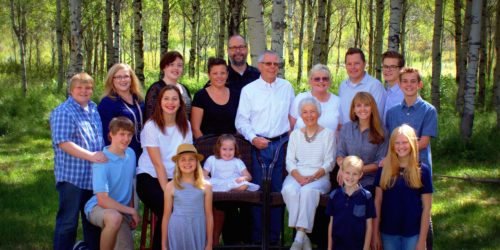
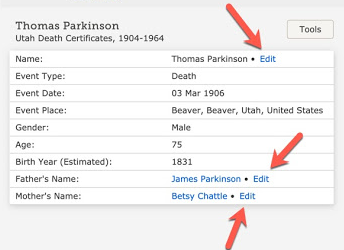
Excellent post, Karen! We wrote on similar topics this week. Interesting. What a great example of giving the gift of family history to another. It is a wonderful feeling to share their joy, isn’t it?